The garden snail may often be overlooked due to its small size and slow pace, yet it holds a significant place in the natural world. These creatures capture our imagination with their leisurely lifestyle and unique behaviors. Despite their unassuming nature, garden snails are a fascinating part of the ecosystem, especially when considering their pace as one of the slowest creatures on Earth. This article dives deep into the world of garden snails, exploring their characteristics, lifestyle, and the science behind their slow movement.
The Life of a Snail: An Overview
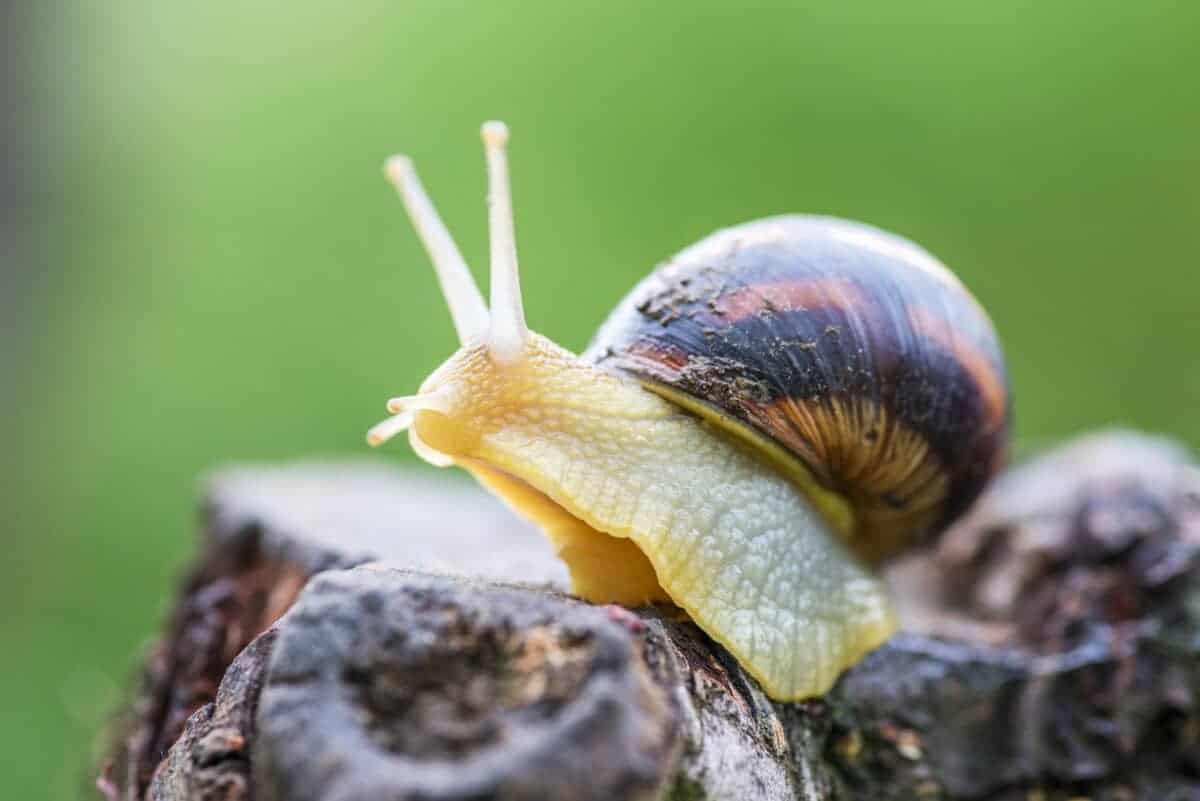
Garden snails, or “Cornu aspersum,” belong to a group of mollusks known as gastropods. Renowned for their spiral-shaped shells and sedentary pace, these snails are prominent members of the mollusk family. Originating from the Mediterranean, garden snails have spread across various continents, adapting to a range of environments from gardens to woodlands.
The Science of Slowness

The snail’s slow movement can largely be attributed to its muscular foot, which contracts in a ripple-like motion, allowing for gradual progress. This locomotion is powered by muscular waves that move down the foot, combined with the secretion of mucus to facilitate smoother travel over surfaces.
Why the Mucus Matters
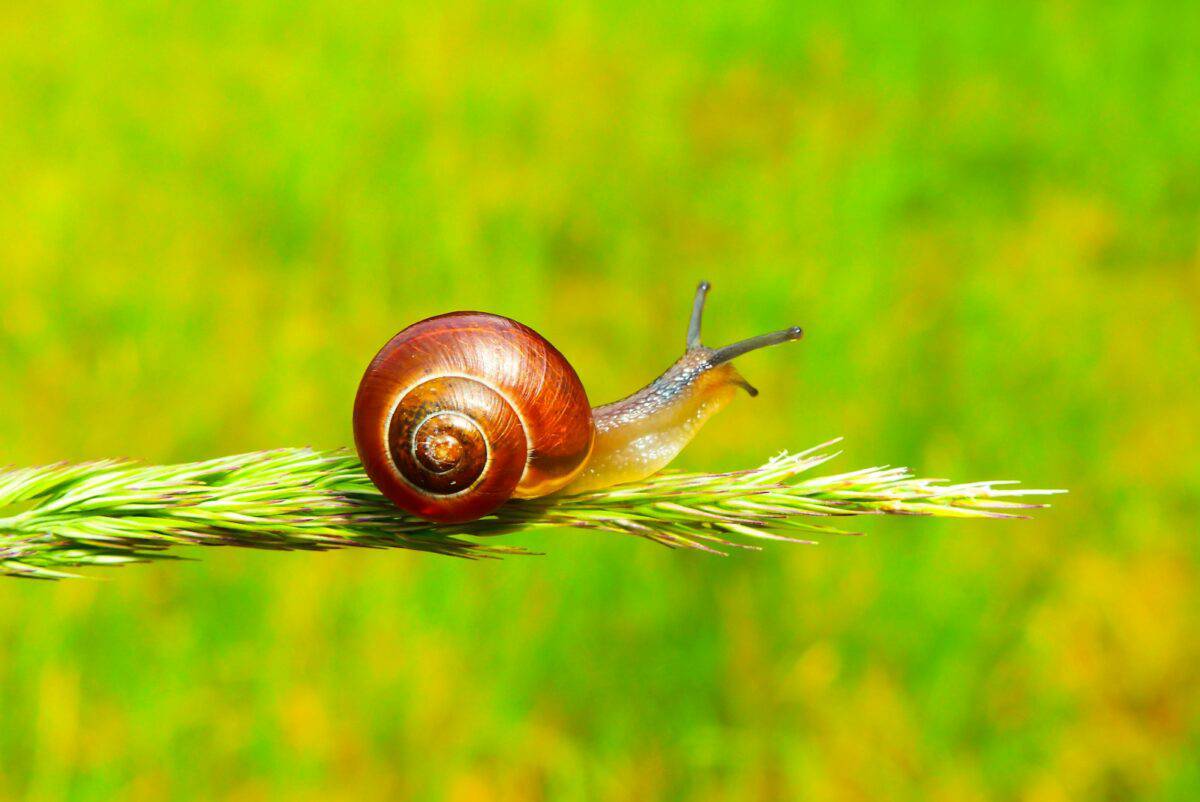
Snail mucus plays a crucial role in their locomotion, providing lubrication to reduce friction. This mucus helps the snail glide over various terrains, protecting its delicate body from sharp objects and dehydration. The downside, however, is that producing this mucus requires significant energy, contributing to the snail’s slow pace.
Adaptations to a Slow Pace

Despite their slow speed, garden snails have evolved several adaptations to thrive. Their shells provide essential protection against predators and harsh environments. Additionally, their nocturnal behavior helps them avoid predators and conserve moisture during the day’s heat.
Diet and Foraging Habits
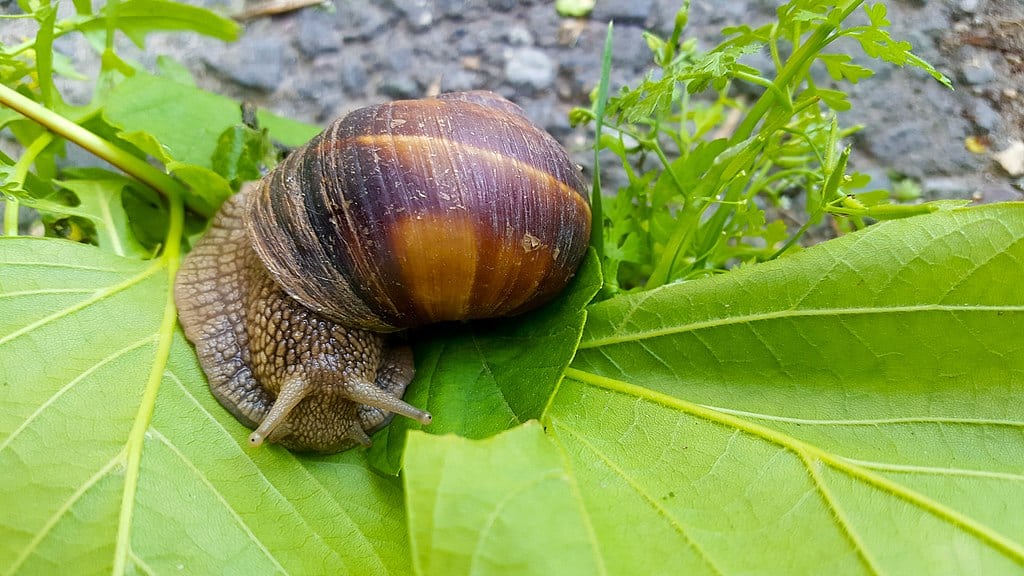
Garden snails are primarily herbivores, feeding on a variety of plant materials, including leaves, fruits, and vegetables. Their slow lifestyle dictates a patient foraging process, where they consume available resources thoroughly before moving on. This methodical approach helps them sustain themselves despite their metabolic limitations.
Reproductive Strategies

Garden snails have fascinating reproductive habits, being hermaphrodites with both male and female reproductive organs. This unique trait allows them to mate with any other snail, increasing their chances of successful reproduction. Egg-laying adds to their cautious pace, necessitating safe and suitable environments for laying and hatching offspring.
Threats and Predators
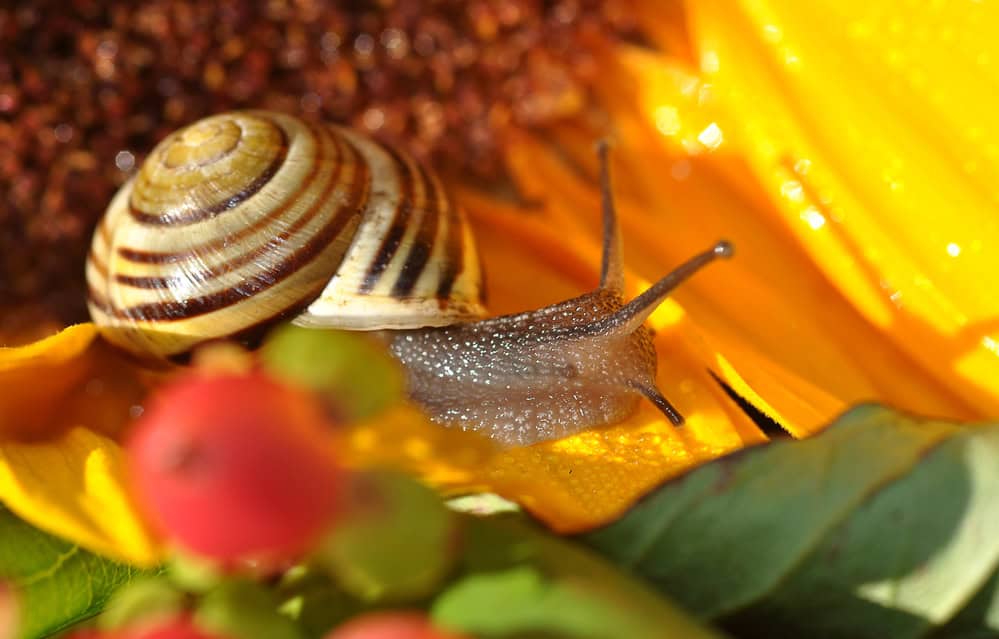
Living life in the slow lane comes with its risks. Garden snails are vulnerable to an array of predators, including birds, mammals, and other invertebrates. Their shells provide some protection, but snails must rely on camouflage and their environment to evade threats.
The Role of Garden Snails in the Ecosystem

Despite their size, garden snails play a vital role in their ecosystems. They contribute to the breakdown of plant material, aiding in nutrient cycling and soil health. As prey animals, they also support biodiversity, forming a crucial link in the food chain.
Slow but Majestic: Observing Snail Behavior

Snails exhibit intriguing behaviors, from their meticulous movement to their sensory experiences. Their tentacles, which house their eyes, move independently, allowing them to explore their surroundings closely. Observing these creatures provides insight into a slow yet purposeful existence.
Conservation Concerns

Despite their abundance, garden snails face threats from habitat destruction, chemical pesticides, and climate change. Conservation efforts focus on sustainable gardening practices and reducing chemical use to protect along with their habitats, ensuring their continued presence in the ecosystem.
Tips for Snail Care
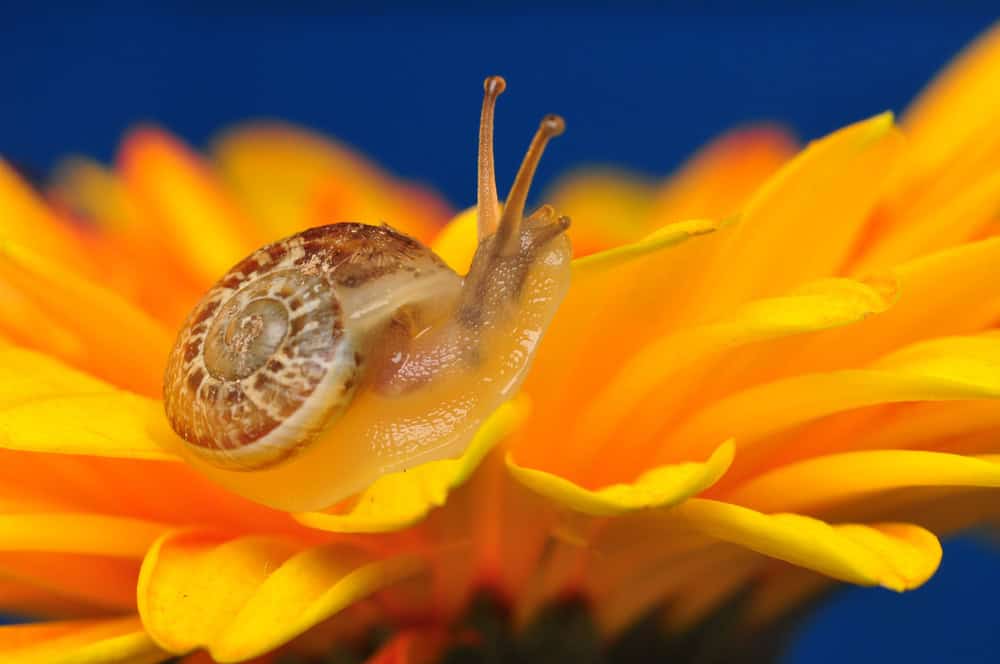
For those interested in keeping garden snails as pets, creating an appropriate habitat with moist conditions, access to calcium, and fresh plant materials is essential for their well-being. Understanding their natural behavior can enhance the experience of caring for these unique animals.
Celebrating the Slow Journey

While garden snails may not win any races, their systemic approach to life is a testament to the adage, “slow and steady wins the race.” By understanding and appreciating their pace, we gain a greater appreciation for the diversity and complexity of nature.
In conclusion, the garden snail’s slow movement is not a disadvantage but an integral aspect of its fascinating lifestyle. As we observe these creatures, we’re reminded of the value in taking life’s journey at our own pace, finding purpose and beauty even in the simplicity of a snail’s world.
- Eagles vs. Snakes: Who Would Win? - August 9, 2025
- Why Pandas Were Once Nearly Extinct—and How China Saved Them - August 9, 2025
- This Fish Has the Most Teeth in the Ocean—And Uses Them Well - August 9, 2025

